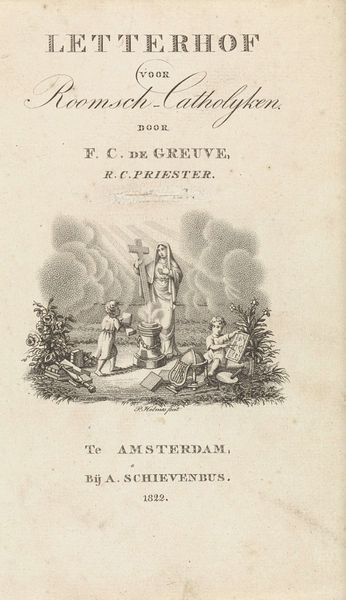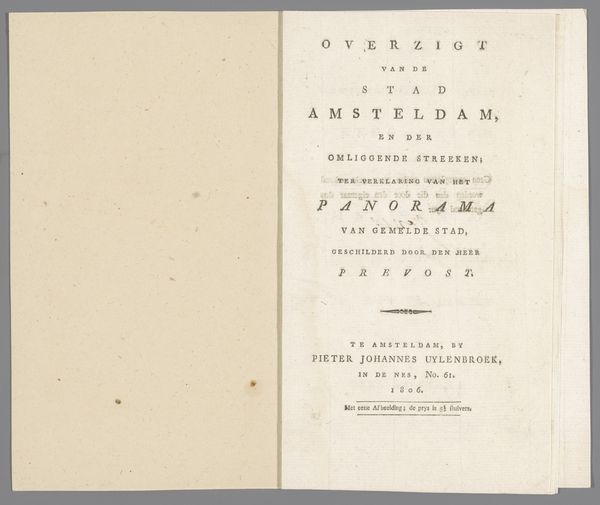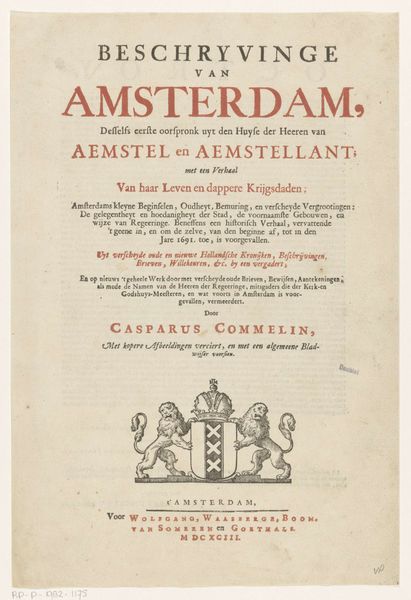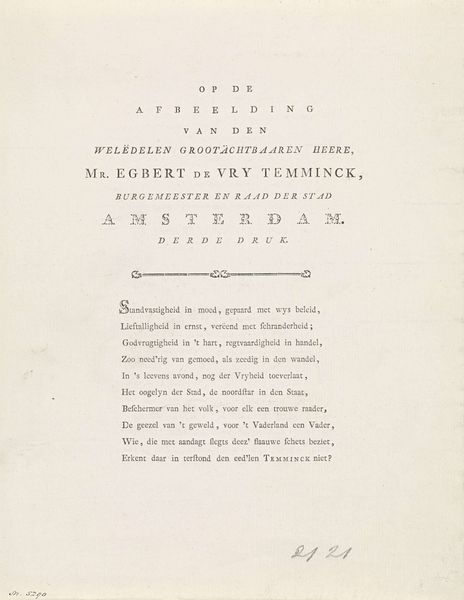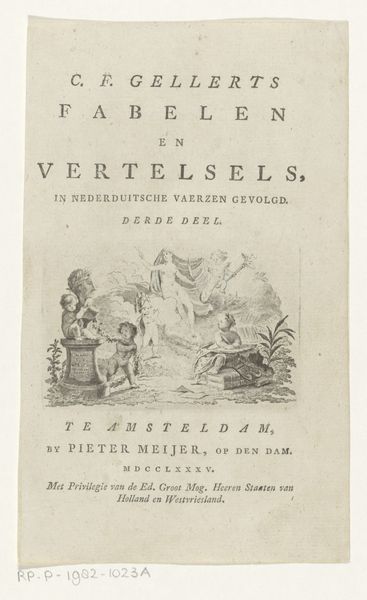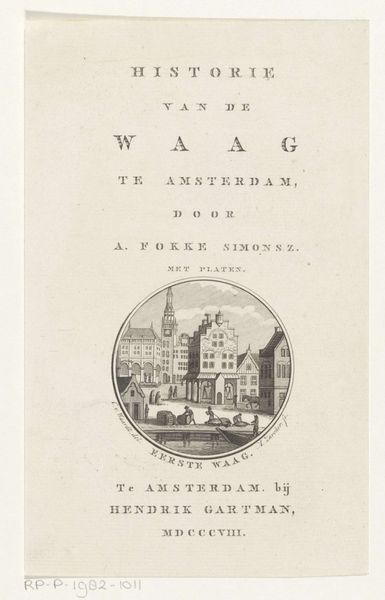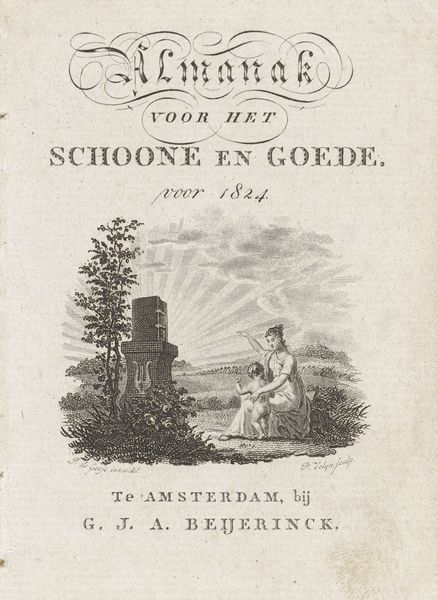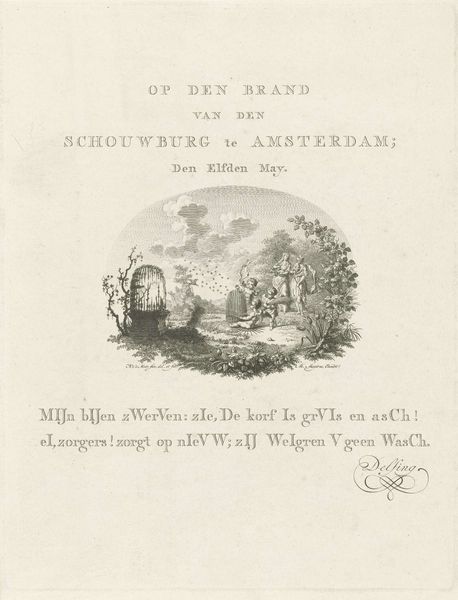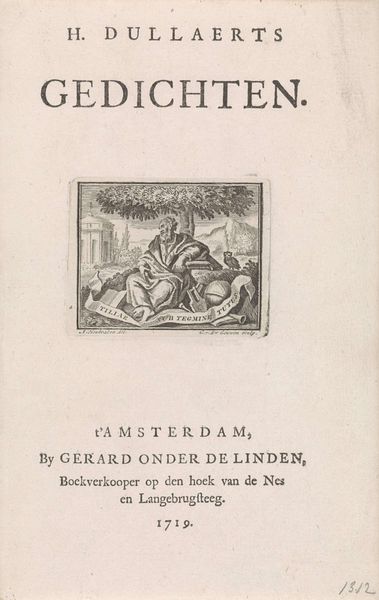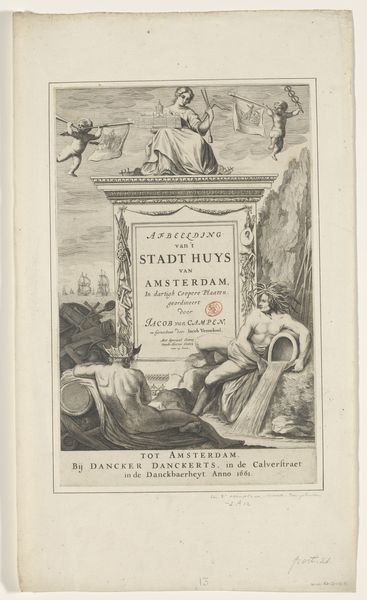
print, engraving
#
neoclacissism
#
allegory
# print
#
landscape
#
figuration
#
engraving
Dimensions: height 220 mm, width 150 mm
Copyright: Rijks Museum: Open Domain
Curator: This print, created by Jacob Ernst Marcus in 1817, is titled "Allegorical Scene with Woman and Putto in a Landscape". It’s held here at the Rijksmuseum. Editor: It's got such a serene feel. Very classically inspired with its idealized figures and landscape elements. The softness of the engraving gives it an ethereal quality. How do the materials contribute to that feeling? Curator: The engraving process itself lends to the aesthetic. Think about the precise labor involved in transferring the design onto the metal plate and the printing of this work in multiple, and the relative affordability of prints like these, bringing allegorical subjects to a wider audience. It democratizes access to artistic concepts previously confined to paintings and sculpture. Editor: That’s a vital point about accessibility and dissemination. I’m also thinking about the role of institutions like the Rijksmuseum, charged with safeguarding and presenting these works. How does that curatorial context influence how we understand the imagery of the idealized female figure and the putto, common Neoclassical motifs? Curator: We must acknowledge how collections reinforce narratives about artistic skill and value. Consider how a print like this circulates – from Marcus’s workshop, into a private collection perhaps, and now residing within a national institution. Its value shifts depending on context, both aesthetically and monetarily. Editor: Precisely. And seeing it presented like this shapes our reception. But let’s get back to that imagery for a moment. The allegorical theme connects this piece to a wider socio-cultural context. Are we to consider these figures mere decorations, or rather moralizing symbols? Curator: The figures are likely representations of virtue or some idealized concept. This engraving appeared as the frontispiece for a collection of poems by M. Westerman, implying the text is elevated beyond simple verses of amusement or passing emotion. The classical idealism enhances a perceived artistic worth that would resonate with patrons of the time. Editor: A good point, and reminds us to also acknowledge Westerman's commission itself and to highlight his agency in the production of this print. Looking at it through that lens emphasizes the social connections inherent in artwork of this period. Curator: So, seeing beyond the romantic ideals to appreciate the web of creation. Editor: Indeed, the engraving itself has opened our discussion from medium and process to its context and influence on society.
Comments
No comments
Be the first to comment and join the conversation on the ultimate creative platform.
